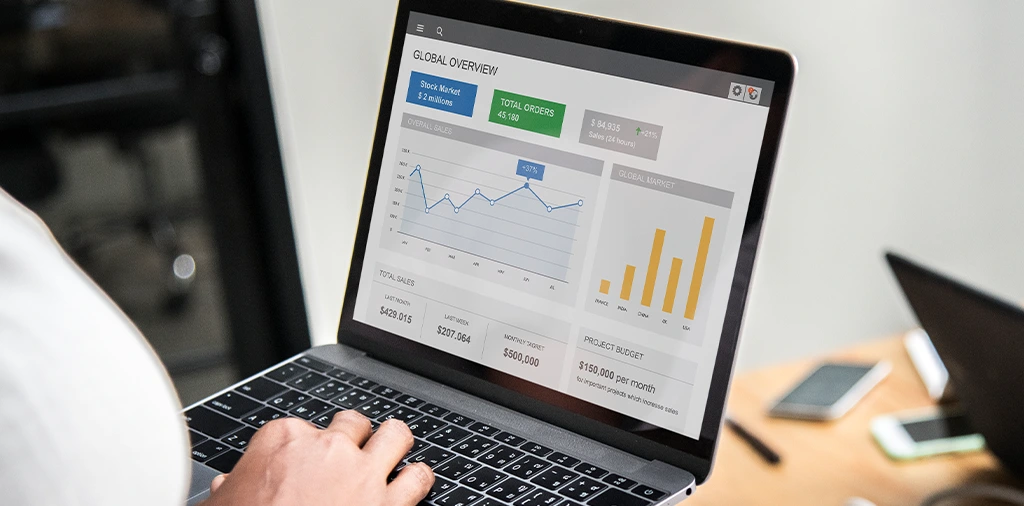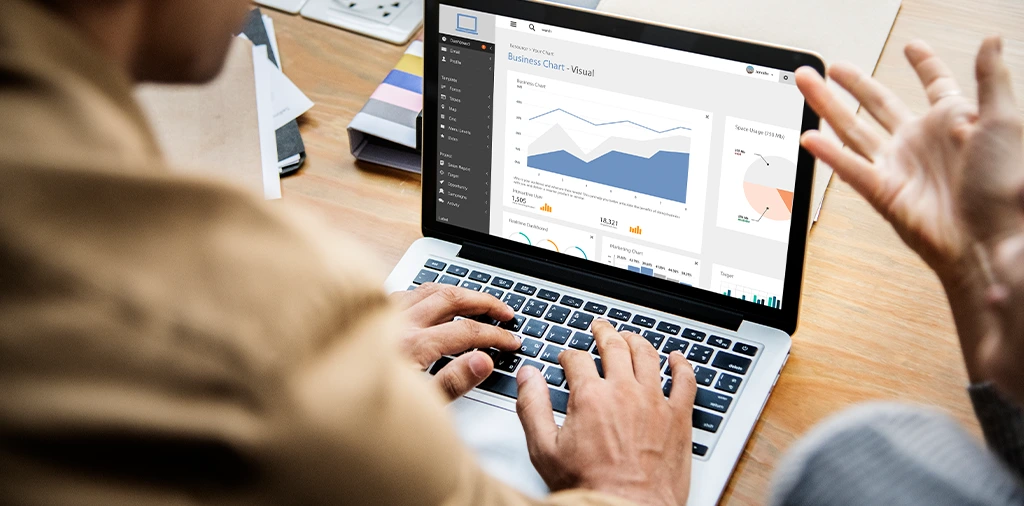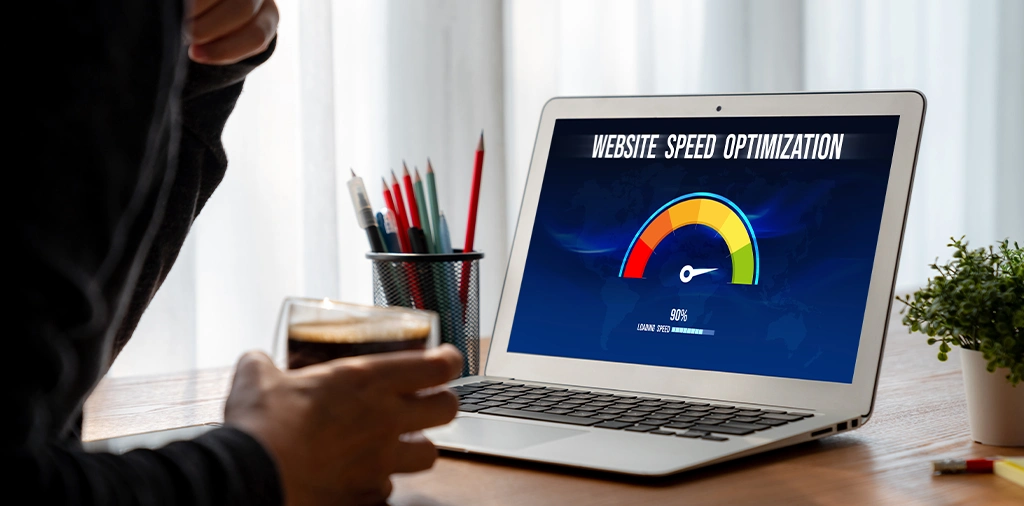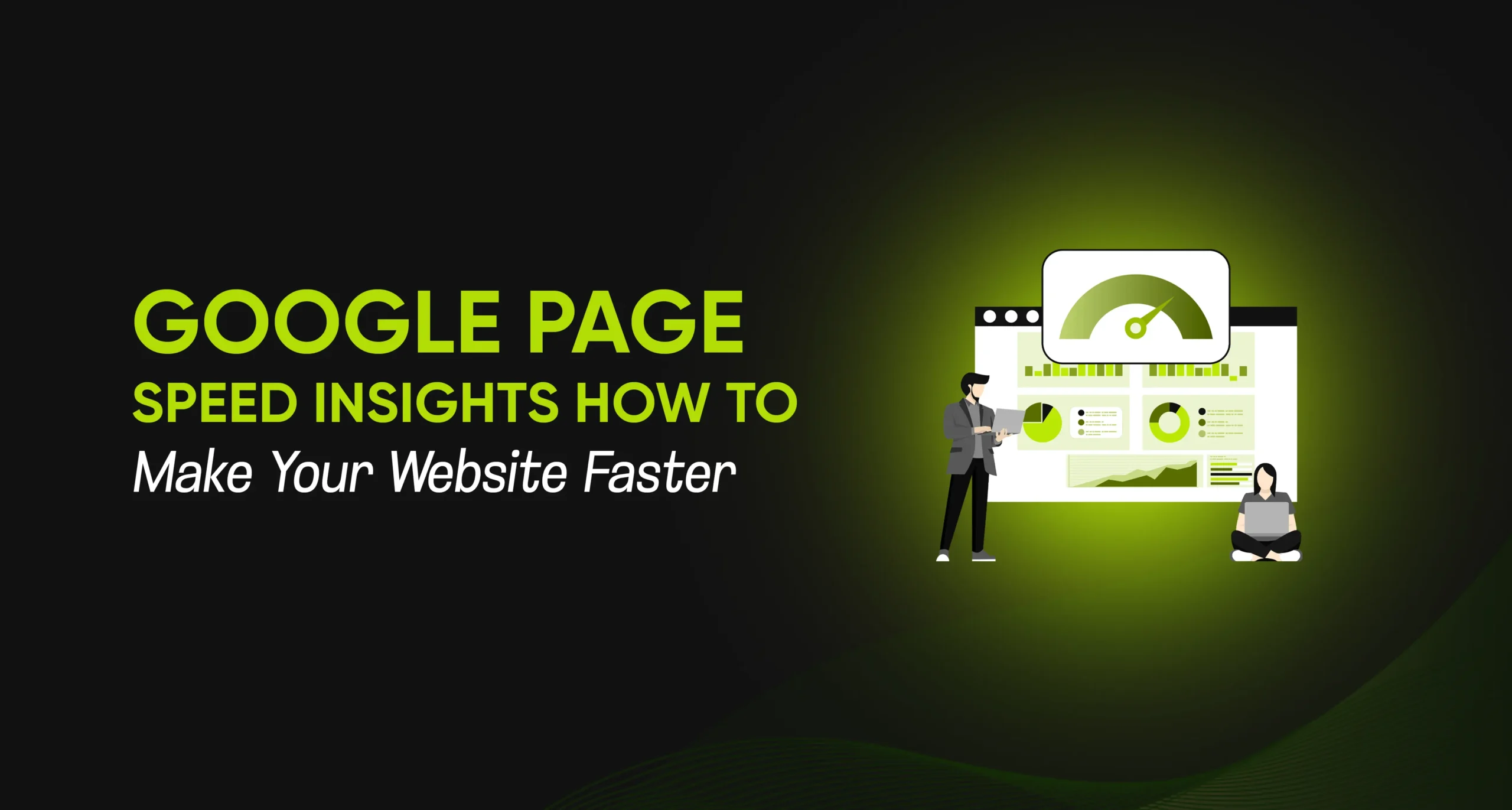In today’s high-tech world, the speed of web pages is crucial. Pages that are slow to load will not give your users a good experience, and it can influence your search results. That’s where the Google Page Speed Insights tool comes in. This free tool checks your website’s performance issues and provides useful suggestions to make it faster.
Under this guide, we shall be describing what Google Page Speed Insights (PSI) is. We will also discuss why speed is important. Finally, we will show you how to improve your site for better results.
What Is Google Page Speed Insights?

Google Page Speed Insights (PSI) determines the speed at loading your website loads on mobile phones and computers. It gives your site a score from 0 to 100. The better the score, the quicker your site will load and operate more efficiently for the visitor.
The tool assesses a range of factors, such as:
- Loading time – How quickly your page displays content.
- Render-blocking resources – Files that delay page rendering.
- Image optimization – Whether someone properly makes images smaller.
- Time to First Byte (TTFB) – How fast your server responds.
After checking these, the tool shows you exactly where to improve.
How Google Page Speed Insights Calculates Scores
Google Page Speed Insights checks Core Web Vitals and other scores to see how well your website performs. This assists in calculating the score of your site.
It checks the loading time (First Content full Paint – FCP), quick responsiveness, and visual stability. The higher the Page Speed Insights efficiency score is, the higher the performance.
The tool tests both desktop and mobile visits. A languid page, like extensive image cells or thick programs, deducts you points. Fixing these performance issues improves rankings.
The Difference Between Lab Data and Field Data in PageSpeed Insights
Google Page Speed Insights gives out two kinds of data:
Lab Data – Tests in controlled conditions.
Field Data Real user experiences ( Chrome User Experience Report).
Lab data helps find issues. Field data creates actual performance. The two are vital to derive a full image.
Understanding Core Web Vitals in Page Speed Insights

Core Web Vitals are the main indicators of user experience that Google applies. They include:
- Largest Contentful Paint (LCP) – Measures the loading speed.
- First Input Delay (FID) – Checks fast response.
- First Content Full Paint (FCP) – Presentation of the first content.
- Total Layout Shift (CLS) – changes visual stability.
Improving these helps increase your PageSpeed Insights score.
Test Your Website Speed Now
Discover what’s slowing down your site—run a free speed test using Google Page Speed Insights and start improving today!
How to Interpret Page Speed Insights Metrics
Understanding the metrics helps in fixing issues:
- First Contentful Paint (FCP) is when there is first content.
- The index of how fast content loads on the screen.
- Time to Interactive (TTI) is when the page loads so that it is usable.
The different metrics show different parts of your website’s performance.
Why Website Speed Matters

Slow loading speed on a site leaves a bad impression on the user. Over 50 percent of users abandon a site whose loading time exceeds 3 seconds. Other than user satisfaction, speed also influences:
- SEO rankings – Google focuses on fast-loading sites.
- Sales rates – Faster sites lead to more sales.
- Mobile performance – Important in mobile and desktop.
With Google Page Speed Insights, you can find slowdowns before they affect your business.
How Page Speed Insights Affects SEO Rankings
Google considers speed a ranking factor. A lower PageSpeed Insights lowers the rank. You would have great content on long websites.
Quick load reduces the bounce rate. This is the indication of quality to the search engines. The speed of the mobile is of significant importance to SEO.
How to Use Google Page Speed Insights
Performing a test using Google Page Speed Insights is easy.
- Go to the Google Page Speed Insights website.
- Enter your URL and click check.
- Verify your Desktop and Mobile Page Speed.
The tool shows a clear report with useful tips to make your website faster.
Best Tools to Go Along with Google PageSpeed Insights
Even though Google Page Speed Insights is strong, other tools are useful as well:
- GT metrix – Detailed performance reports.
- Web Page Test – Advanced step-by-step check.
- Chrome DevTools includes Lighthouse.
Utilizing more tools is more informative.
Common Issues and How to Fix Them
1. Optimize Images
Large image files result in a low loading speed.
Solution:
- Optimize images with such tools as TinyPNG.
- Use modern formats like WebP.
- Add lazy loading.
2. Eliminate Render-Blocking Resources
CSS/JavaScript are slow in the rendering process.
Solution:
- Minify CSS and JavaScript.
- Defer non-critical JavaScript.
- Inline critical CSS.
3. Improve Time to First Byte (TTFB)
Slow servers increase TTFB.
Solution:
- Use faster hosting.
- Turn on caching.
- Use a CDN.
4. Reduce Unused CSS/JavaScript
Extra code slows web pages.
Solution:
- Remove unused code.
- Use PurgeCSS.
- Split code into bundles.
5. Turn on Browser Caching
Repeat visit goes faster using caching.
Solution:
- Set cache-control headers.
- Use caching plugins.
The Role of JavaScript in Page Speed
JavaScript may cause a site to run slowly unless developers optimize it.
Wary Of Popular JavaScript Libraries
When an alternative is simple, use that.
Defer Non-Critical JavaScript
Load scripts subsequent to the rendering of the page.
Minify and Compress JavaScript
Makes the file size small so that it loads faster.
The benefits that CDNs have on PageSpeed Insights Scores
A Content Delivery Network (CDN) increases speed because:
- Serving files from nearby servers.
- Reducing server load.
- Improving global load times.
Well-known CDNs are Cloudflare and Akamai.
Falsehoods in Information About Google PageSpeed Insights
Some wrong ideas exist:
- Myth 1: 100 is not a compulsory requirement – have an eye between 90 and 100.
- Myth 2: Only speed matters. (User experience is key.)
- Mem 3: Mobile and desktop scores must be alike. (Mobile is often lower.)
Knowing the truth helps optimize well.
Mobile vs. Desktop Performance
Google Page Speed Insights will give you two different scores: one to show mobile devices and another to show desktop.
Mobile is often slower because:
- Slower networks.
- Less powerful hardware.
Remedy: Good receptive design and picture improvement.
Optimization of Mobile-First using PageSpeed Insights
Google focuses on mobile performance.
Use Faster Mobile Pages (AMP)
AMP develops blazingly fast mobile pages.
Optimize Touch parts
They should have easy-to-tap buttons and links.
Reduce Mobile Redirects
Excessive redirects burn down the mobile sites.
Advanced Tips for Higher Scores
To advance further in ensuring that you get a better score in PageSpeed Insights:
- Preload key requests.
- Lower third-party scripts.
- Optimize Core Web Vitals.
Follow And Track Performance Changes
Regular inspection avoids performance problems:
- Use Google Page Speed Insights every month.
- Track real-user data.
What Is the Frequency of Google Page Speed Insights?
Regular checks help maintain the best performance. Make sure to test your website at least once a month or once it has undergone a critical update.
Traffic can change during different seasons. You might need to ensure that you upgrade your site in line with these changes. You can also consider Google Page Speed Insights and real-user monitoring. This helps you get a clear view of your website’s performance.
This combination shows you both test results and real-world performance. Regular checking allows obtaining new problems in time. It also assists in monitoring the progression.
Boost Your SEO and Sales with Faster Load Times
Follow our expert tips to fix image sizes, reduce code bloat, and improve server speed for better rankings and more conversions.
Conclusion
Google Page Speed Insights is a helpful tool for making your website faster. If you follow its tips, you can make your website better for visitors. Here is how you can help improve your SEO ranking and make more sales.
Optimize images, block loading scripts and resources, and speed up the server first, as they are the most important. Next, go to more advanced optimization to optimize further.
A quick site makes its users satisfied and makes you succeed online. Use Google Page Speed Insights now and speed up!



